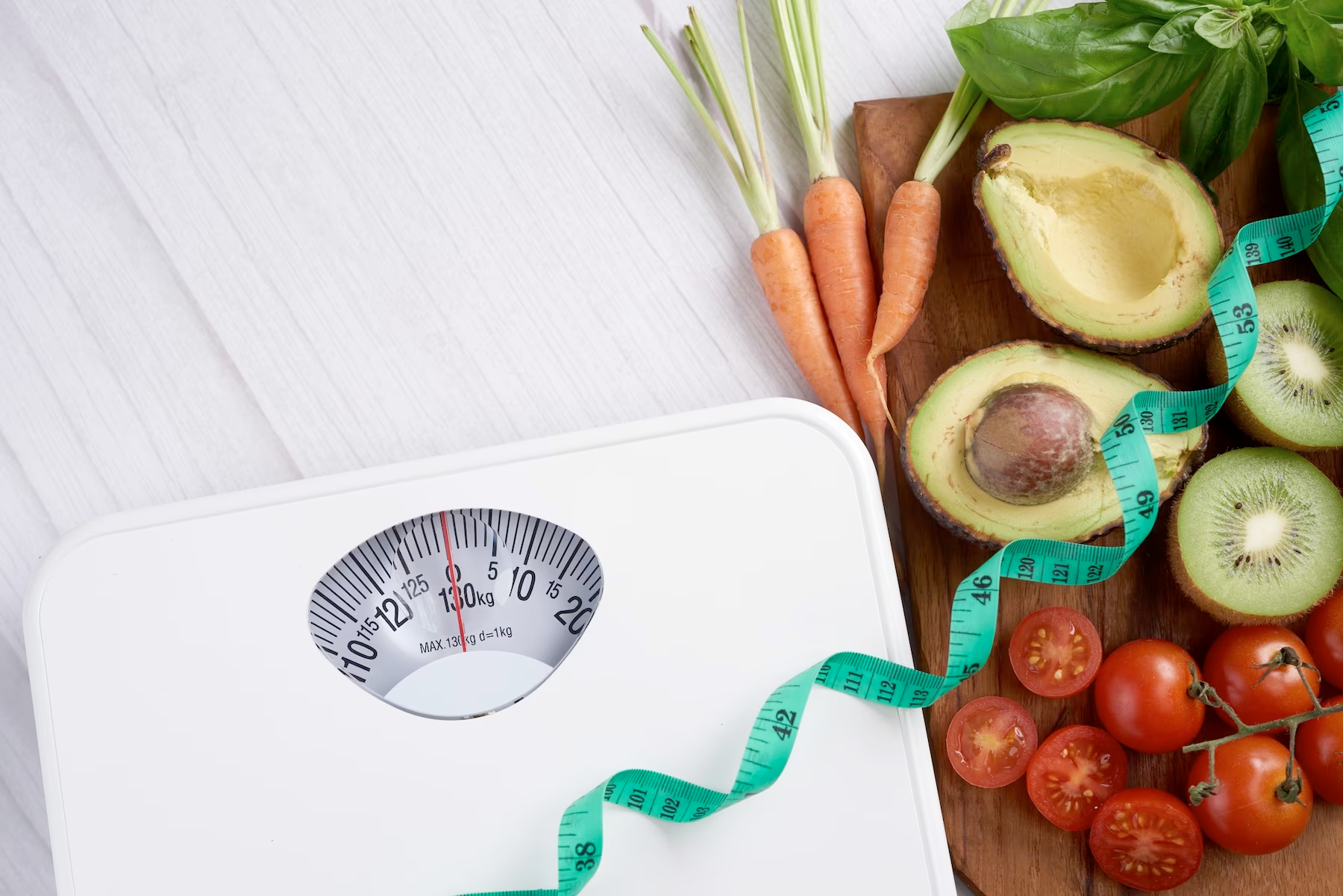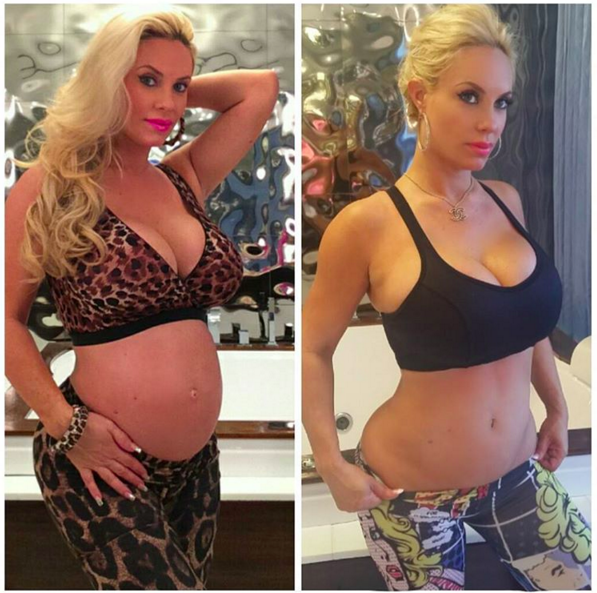Over the past 25+ years as a Certified Personal Trainer, professional athlete, teacher, and coach at https://transformingstrength.com/individual-coaching/ I have read and studied as much current exercise and nutritional research as possible to help my clients. However, it would be reckless and invalid to pass this information along to others without having first tried it to see if it really works for most people.
It is risky to put your name and reputation on the line if you aren’t certain that you are dispensing the right advice. Selling yourself as an expert requires great responsibility to ensure that people’s trust is not misplaced.
I feel that I can take this risk because I live the advice I render. I experiment, adapt, and modify training and eating principles daily. My clients and I keep what works and discard the rest.

“According to government statistics, more than half of all adult Americans are overweight, as defined by body mass index,” said Jack A. Yanovski, M.D., Ph.D., principal investigator and head of the National Institute of Child Health and Human Development (NICHD) and head of the Unit on Growth and Obesity. Body mass index is a mathematical formula used to correct body weight to account for a person’s height. According to Dr. Yanovski, “the latest national surveys show that 54.9 percent of Americans have a body mass index of 25 or more and are overweight, while 22.3 percent are considered obese, with a body mass index of 30 or more.” The results of this study appear in the March 23 New England Journal of Medicine.
“The prevalence of obesity in the U.S. has increased dramatically over the past decade,” Dr. Yanovski said. “After the age of 20, the average American gains between .4 and 1.9 pounds per year. Weight gain during adulthood may contribute to heart disease, diabetes, and other serious health problems.”
The number of Americans who are overweight and/or obese is on a rise. The increasing cost of health care continues to hammer this country. It’s time to stop sugar-coating the issue of the “American Figure” and change the way we look at exercise and nutrition.
At some point, you may have been told, “Just 20 to 30 minutes of brisk walking at least four to five times a week is sufficient.” I can personally recommend several hundred experts who would disagree. 20 -30 minutes of brisk walking may help to slightly improve cardiovascular health but does little in terms of weight loss because the caloric output is so low. To maintain motivation and to make the time spent worthwhile, the vast majority of people need to add much more commitment, structure, and variety to their workouts.
All healthy adults, ages 18 to 65 years, need moderate-intensity aerobic physical activity for at least 30 minutes on five days each week or vigorous-intensity aerobic physical activity for at least 20 minutes on three days each week, according to updated physical activity guidelines released today by the American College of Sports Medicine (ACSM) and the American Heart Association (AHA).
Further, the (ACSM) and (AHA) suggest that adults will benefit from performing activities that maintain or increase muscular strength and endurance for at least two days each week. It is recommended that 8-10 exercises using the major muscle groups be performed on two non-consecutive days. To maximize strength development, a resistance (weight) should be used for 8-12 repetitions of each exercise resulting in willful fatigue.
Based on numerous client results, I feel that these guidelines are the bare minimum. I know, but your friend says, “….” Let’s face it, what kind of shape is your friend in? What hands-on experience do they have? With well over half the population struggling with their weight, I encourage you to look for proven advice.
Exercise is not about trying to make everyone fit into the same mold. It is about you. It’s about your choices. It’s about how you feel and how you feel about yourself. It’s about making lifestyle changes. If you do the same things, in the same ways, you can expect the same results. However, if you stick your neck out, you may find what you’re looking for.
I recommend that you start by throwing out the excuses and unfounded training practices. Age is just a number. My average client age is 53, ranging from 13 to 88. Genetics may pre-dispose you to a slower metabolism, bigger bone structure, or carrying your excess fat in your gut or other areas, but it does not mean that you were meant to have an unhealthy body composition. Time? Time is something you make. Most people ARE capable of achieving relative leanness.
Be prepared. As easy as it was for you to over-eat and under-exercise, it will be exactly the opposite when it comes to the difficulty you will face in regaining a lean, healthy body. Accept that it will be a challenge and commit to overcoming it.

Karen is a health blog author who has been writing about healthy living since 2013. She started her journey by adopting a vegan diet and eating only organic foods, but the more she learned, the more she realized that we should all be eating plant-based diets exclusively. As an expert in nutrition and wellness, Karen blogs to educate readers on how they can live happier and healthier lives through food choices!












